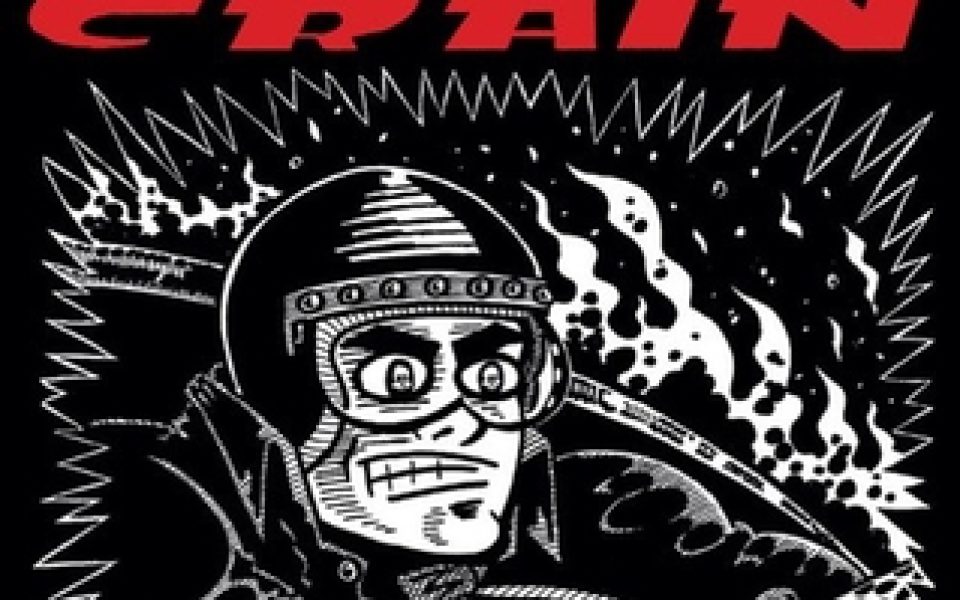1. “Feels Blind” by Bikini Kill
The ’90s is kind of a lost decade for me, spanning my crucial period from 15 to 25. Starting as a punker, I slipped off the track pretty early and embracing ska, then fell hard for George Jones before cycling through rockabilly, alt-country and singer-songwriters before eventually landing on the music of the Band. A recent music reporting assignment made me think about the early ’90s riot grrrl movement, sending me down the YouTube rabbit hole. The exercise forced me to reassess the music that came out of the ’90s. Riot grrrl in particular was innovative, turning the testosterone-fueled punk scene on its head with feminist fury. Bikini Kill, fronted by Kathleen Hanna who went on to found Le Tigre, exemplifies the genre. “Feels Blind,” with a menacing guitar riff building under Hanna’s feverish vocals, still sounds great 25 years later. Incidentally, it leads Side B of the excellent Kill Rock Stars compilation, and all 14 tracks are interesting and amazing in one way or another.
2. “Crying Jag” by Tilt
The music of Tilt defines a brief, four-month sojourn in San Francisco, where I landed as an 18-year-old at the end of a cross-country Greyhound bus trip from Kentucky. I saw the band at a club called Bottom of the Hill in 1993, and immediately fell under the spell of their catchy, emotive punk assault. “Crying Jag,” the lead track from Play Cell is as good a representative as any, but truthfully every song on the album kills. In retrospect, I fell so hard for this band because they synthesized elements from groups that I loved from a previous period — the hoarse, soul-baring vocals of the Avengers, the smart, stuttering bassline from Operation Ivy and the overall grit of X.
3. “Car Crash Decisions” by Crain
Louisville, Ky. had an incredibly fertile music scene in the early ’90s, and though I was a fervent booster at the time, the perspective of the intervening two decades and experience living in other cities has reinforced to me just how unique it was. “Car Crash Decisions” from Crain’s 1992 album Speed is a great place to start, with a throttling bass groove, intricate rhythms that abruptly change times and vocals that are by turns stoic and angry. The song and the album represent for me a stylistic transition, from hardcore, as exemplified by the metal-tinged Kinghorse, to the math-rock banner carried forward by bands like Rodan.
4. “The Boat Dreams From the Hill” by Jawbreaker
I know this is a favorite of Jeff Laughlin, a former Triad City Beat sports columnist, as well, and of all the music I listened to before I hit 20 this has probably aged the best. Jawbreaker’s basic template is pop punk, but it’s a grimier variety with a surprisingly poetic sense of lyricism. Blake Schwarzenbach’s raspy vocals give a sense of what it would sound like for Jack Kerouac to sub for Billie Joe Armstrong in Green Day. The songs on their 1994 album 24 Hour Revenge Therapy — again, I’m citing the lead track in a collection that’s uniformly excellent — sound both groggy and bracing, as if someone has been woken at 7 a.m. and forced at gunpoint to belt out Black Flag lyrics in front of an audience of people who are all hungover.
5. “Holy Rollers Rockin’ in a Killing Machine” by Bodeco
Bodeco is an outlier on this list of otherwise punk-influenced groups with a hillbilly blues sound that would have found more of a home in the Americana scene that took hold in the latter half of the decade. But for sheer strangeness and raw aggression, the Louisville band matched its more avant-garde peers in the punk scene ounce for ounce with primitive drumming, demented Bo Diddley-influenced guitar riffs and howling vocals. This title aptly captures the song, which is like an over-the-top Quentin Tarantino movie, mashing up ecstatic religion and muscle cars.
Join the First Amendment Society, a membership that goes directly to funding TCB‘s newsroom.
We believe that reporting can save the world.
The TCB First Amendment Society recognizes the vital role of a free, unfettered press with a bundling of local experiences designed to build community, and unique engagements with our newsroom that will help you understand, and shape, local journalism’s critical role in uplifting the people in our cities.
All revenue goes directly into the newsroom as reporters’ salaries and freelance commissions.


Leave a Reply